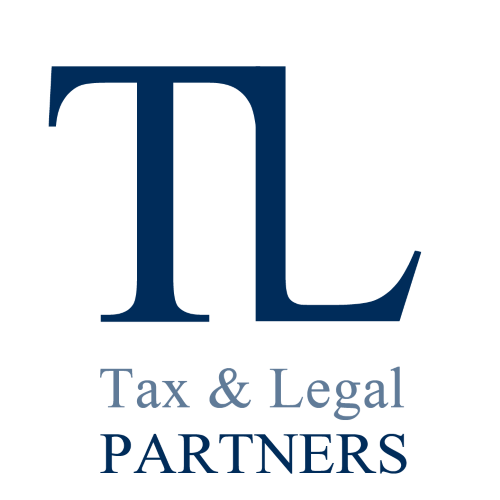The civil liability for damages underlying the risks, multiple and often unpredictable, linked to the delicacy of the medical-professional activity, has now made it clear to the healthcare professional the need to identify new means of asset protection, possibly complementary and reinforcing with respect to the traditional instrument of the insurance policy, capable of guaranteeing one’s assets continuity of value over time and, possibly, “shelter” from future credit claims, according to a life plan that usually finds its raison d’etre in family solidarity.
These perceived needs find a satisfactory response, according to our international experience in the field of asset protection of family assets, through the establishment of a trust that accompanies the inherent segregation effect with both properly protective purposes and effective economic planning.
The trust, literally “reliance”, constitutes an asset management tool, of Anglo-Saxon derivation, which has found legitimacy in our legal system following the entry into force, on 1 January 1992, of Law n.364/1989 which ratified the Hague Convention of 1 July 1985.
The structure of the trust institution is, in reality, rather simple and linear: the medical professional, the so-called Settlor, may dispose of all or part of its assets, by deed inter vivos or by will, temporarily entrusting the ownership and unitary management to a Trustee, so that said assets are administered according to a specific destination, impressed by the Settlor himself by virtue of a trust deed, in the interest of a third party beneficiary or for a specific purpose (destination constraint).
Practice has shown that, as a rule, the professional establishes, submits and binds his assets in trust to plan the management of family assets over time so as to ensure, through precise rules, an attribution of economic benefits, during the duration of the trust, organized and scheduled according to the needs, necessities and interests, both personal and of one’s family unit, as well as the transfer of assets to the beneficiaries at the final term of the trust’s duration.
As a result, what is conferred in trust – indifferently movable, immovable, credit instruments, rights of all kinds and, in general, everything that can be transferred – constitutes an autonomous and unitary patrimony, the so-called “Fund in Trust”, separated both from the residual assets of the Settlor, and from the personal compendium of the Trustee and, therefore, not subject to any executive actions brought by the personal creditors of the Settlor, the Trustee and the beneficiaries, but can only be attacked for the debts incurred according to the purposes of the trust. In this regard, it is said that the trust assets are in all respects “segregated” to highlight their “impermeability” to any event unrelated to the trust that could divert or frustrate the implementation of the program outlined therein.
From this point of view, therefore, the segregation effect deploys a generic asset protection function, making the trust a suitable means of protecting the professional’s economic resources and realizing their destination according to the objectives set by the settlor.
In conclusion, a clarification is mandatory: the protection granted by segregation is and remains an effect descending from the trust, but can never be elevated due to it; otherwise it would end up in the case of shop in fraud of the law. The limit, therefore, which can never be crossed is that of the meritability of the concrete cause: the negotiating program set out by the professional-doctor in the trust act must always be the bearer of interests worthy of protection for our legal system.
Within these limits and for these purposes, trusts are legitimate asset protection instruments.
Salvatore Tramontano

